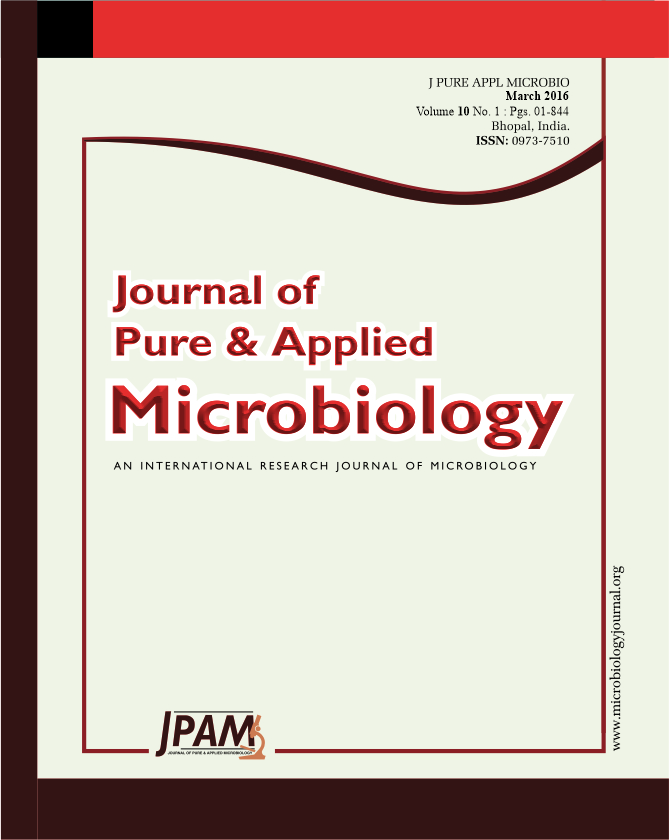World population is projected to reach over 9 billion in 2050. At present ensuring food security while mitigating environmental impacts represents a major agricultural challenge. Thus, higher productivity must be reached through sustainable management by taking climate change into account, resources rarefaction like nutrient light and water and fatalities of fertile lands. Crop diversification is now recognized as a decisive part for sustainable agro-ecological development. Growing legumes in western Uttar Pradesh not only major biological nitrogen source but also a powerful option to reduce synthetic nitrogen fertilizers and associated consumption fossil energy. Inclusion of legumes in the cropping system has been known since times immemorial. Legume help in solubilizing insoluble P, improving the physical condition of soil, increasing soil microbial biomass and restoring organic carbon and also has smothering effect on suppressing weed. The carryover of N released from legume for succeeding crops in intercropping system is also imperative. In a country like India, where the average consumption of nutrients by chemical fertilizers is low, the scope for exploiting direct and residual fertility due to maize+legumes intercropping has a great potential. This review deals with the important aspect of legumes on increasing productivity and nutrient use-efficiency in various intercropping systems. Maize and mashbean/greengram is stronghold in marginal and sub-marginal lands. Maize yield increased when sown with legume. Grain legumes like mashbean, mungbean and redgram provide an equivalent to 70 kg N ha-1 on main crop. Various studies have shown that among legume/cereal intercropping system, the combination of maize/mashbean is considered to be highly suitable with a minimum competition for nutrients, water, light and space besides resource use-efficiency. Nitrogen economy in maize+legume is still a researchable issue because the key point for leguminous crop grown with maize in intercropping system is nodulation problem. Legumes with indeterminate growth are more efficient in N2 fixation than determinate types. Intercropping enhanced higher and more stable grain yield than the mean sole crops, higher cereal protein concentration than in sole crop (11.1 versus 9.8 %), higher and more stable gross margin than the mean sole crops and improved use of abiotic resources according to species complementarities for light interception and use of both soil mineral nitrogen and atmospheric N2.
Food Security, Intercropping, Maize + Legume, Sustainable Intensification.
© The Author(s) 2016. Open Access. This article is distributed under the terms of the Creative Commons Attribution 4.0 International License which permits unrestricted use, sharing, distribution, and reproduction in any medium, provided you give appropriate credit to the original author(s) and the source, provide a link to the Creative Commons license, and indicate if changes were made.


